Natural vs Laboratory Diamonds – What’s the Deal?
In the last few years there has been lots of marketing, media and column inches dedicated to Laboratory-Grown Diamonds (LGDs). They have made an explosion into the jewellery world and have become popular because they retail at a considerably lower price point than their natural counterparts. However, whilst they may seem like a great choice, it’s worth making sure you really understand the differences between them and what those difference mean for you and your diamond story. This is a huge topic, so I will cover some of the most salient points!
Same, Same but Different
A LGD is the same as a natural diamond, right? Well, yes, but no! Natural diamonds are formed deep in the earth by extreme heat and pressure over the course of 1 to 3 billion years. A LGD is grown in a laboratory by humans, using machinery and energy to force carbon to crystallize. The result is that they share physical, chemical and optical properties that are the same, but due to the quick growth of a LGD (a couple of weeks) they have different growth patterns that are distinguishable by specialist testers (Diamond Verification Instruments). So, whilst to the naked eye you may not be able to tell the difference, there is very much a difference.
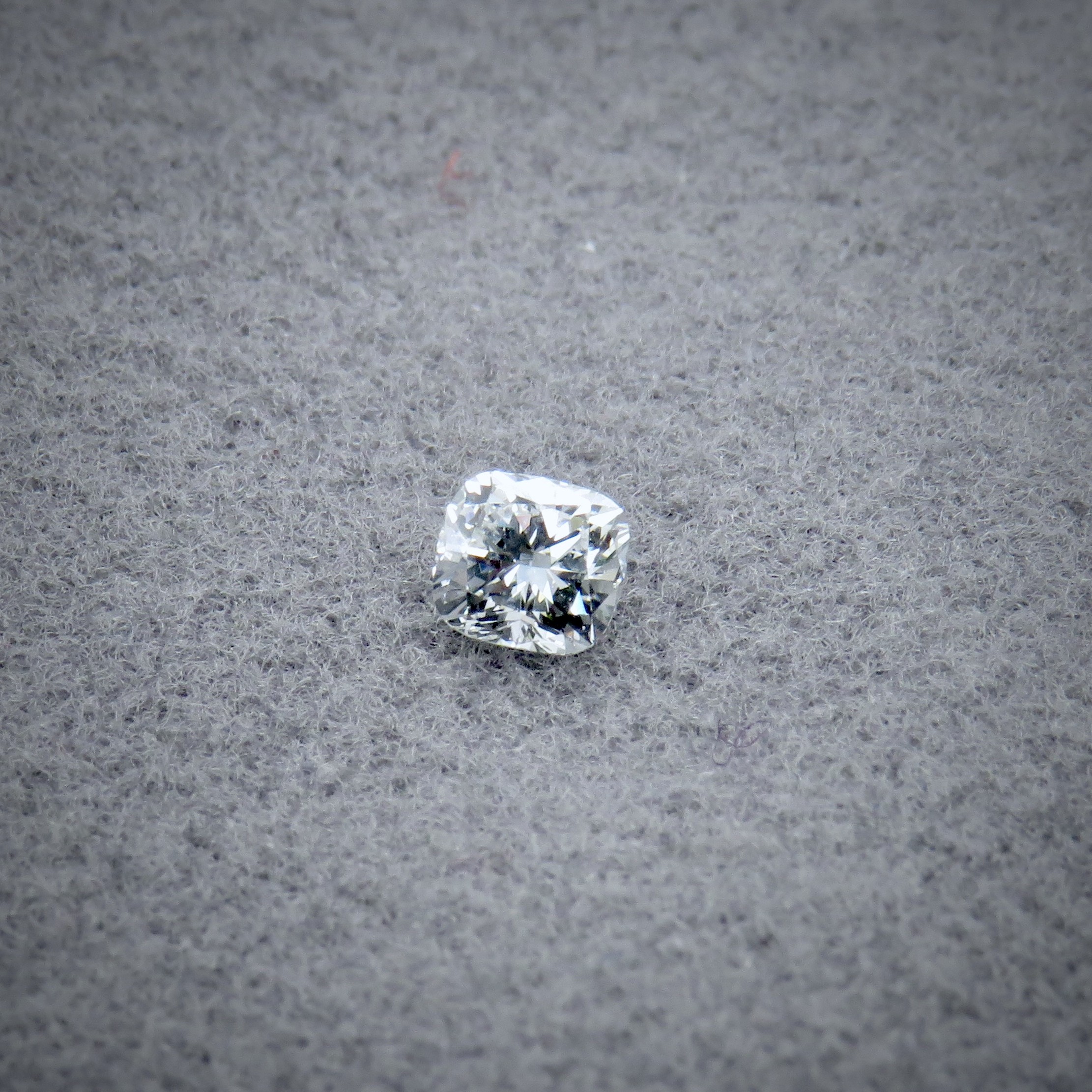
It's All About the Money…
The biggest distinction to the consumer between natural and LGDs is the price. Natural diamonds have long been seen as an expensive commodity, a luxury item, and therefore a nice to have not a must have. LGDs have changed this landscape and made diamonds (in their physical and chemical sense) an affordable luxury item, even if there is a nuanced difference between them. However, the price of LGDs has tumbled since 2016. For example, the price of a 1.5 carat laboratory-grown diamond has fallen 83% from mid-2015 to mid-2024. This drop in cost is down to the abundance in which they can be manufactured and that they saturated the market. The economic adage of supply and demand regards pricing has never been so stark as it is in this example. But this huge drop in wholesale cost is still not passed on to the consumer. Whereas a LGD may cost you up to 40% less than the equivalent natural diamond, the mark up is massive for the retailer, and far greater than that of a natural.
Thinking Green for the Future
I have been asked by clients several times if I think that LGDs are the more environmentally friendly option in comparison to a natural diamond. The answer is complex, but fundamentally, most LGDs are produced using either Chemical Vapor Deposition or High Pressure, High Temperature and they both require an energy source. This mostly comes from fossil fuels (as very few use wind, hydro or solar) and most factories are in India and China, both reliant on coal. If this is something that is important, you should seek a company that uses an external sustainability auditor to attest to their efforts.
The natural diamond industry has set out its path to be carbon neutral and often will protect the biodiversity of an area far greater than the land they use. Natural diamond mining and its environmental impact is probably scrutinised far more than LGD creation in general because it’s a physical process to extract from the ground.
Socially Ethical?
Often people have a poor understanding of the diamond mining process and even think of films like ‘Blood Diamond’ to enhance the view that natural diamonds are murky in an ever increasing socially and ethically minded world. However, it’s worth understanding the Kimberley Process and what this has done to the supply chain to eliminate blood and conflict diamonds. Because of the process adopted by over 80 participating countries, 99.8% of diamonds are now certified conflict free, also enabling far greater accountability and traceability.
The natural diamond industry also supports the livelihoods of 10 million worldwide and can bring huge socioeconomic value to communities allowing them to invest in infrastructure, health and education. LGDs, whilst not having to account for traceability in the same way, also don’t have the same responsibility to the communities in which they are created.
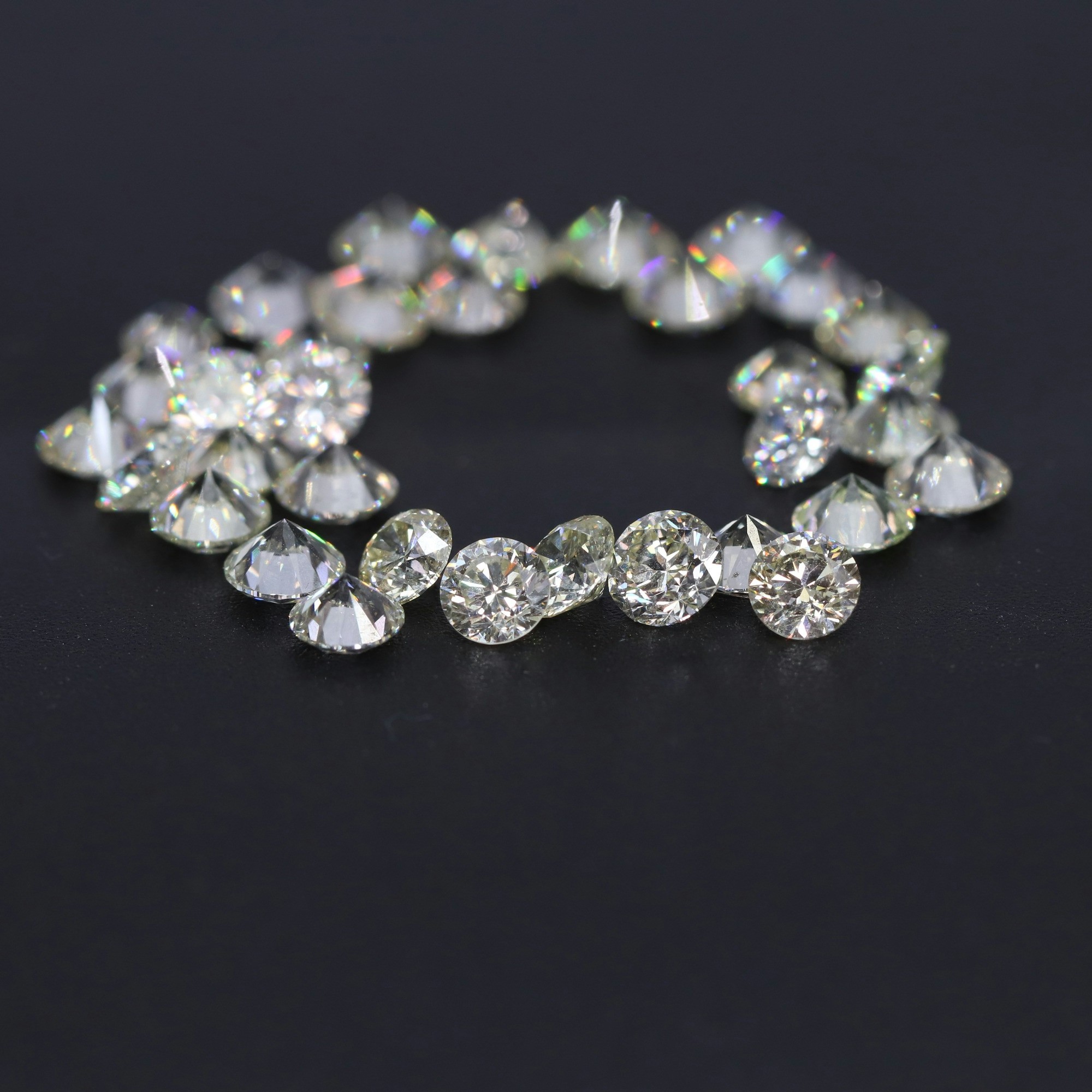
Investing in the Future
There is much discussion about whether diamonds are an investment and it’s often this point where the Natural vs LGD discussion focuses by retailers on both sides. LGD retailers will point out that no jeweller will buy back your natural diamond at the price you paid for it. And they would be right. But not because diamonds aren’t rare or valuable, but because a bit like any second-hand commodity, there is a value loss upon re-sale. The type of diamond it is also has an impact on its re-sell value. Is it over a carat, a good colour and clarity and a unique cut for example? The total amount of natural diamonds that are over one carat mined in a year would fill one exercise ball. So, size does matter in the rarity factor! Because LGD are created so freely at all carat weights, it means, that there is very little value in a LGD once it’s bought. Natural diamonds, whilst they mostly sell at a decreased rate when second hand, still retain a significant value. A LGD is almost worthless once it’s second hand. So, if you’re thinking you’d like to create an heirloom piece of jewellery, a natural diamond would be the right choice in this instance as they are shown to hold value over long periods of time.
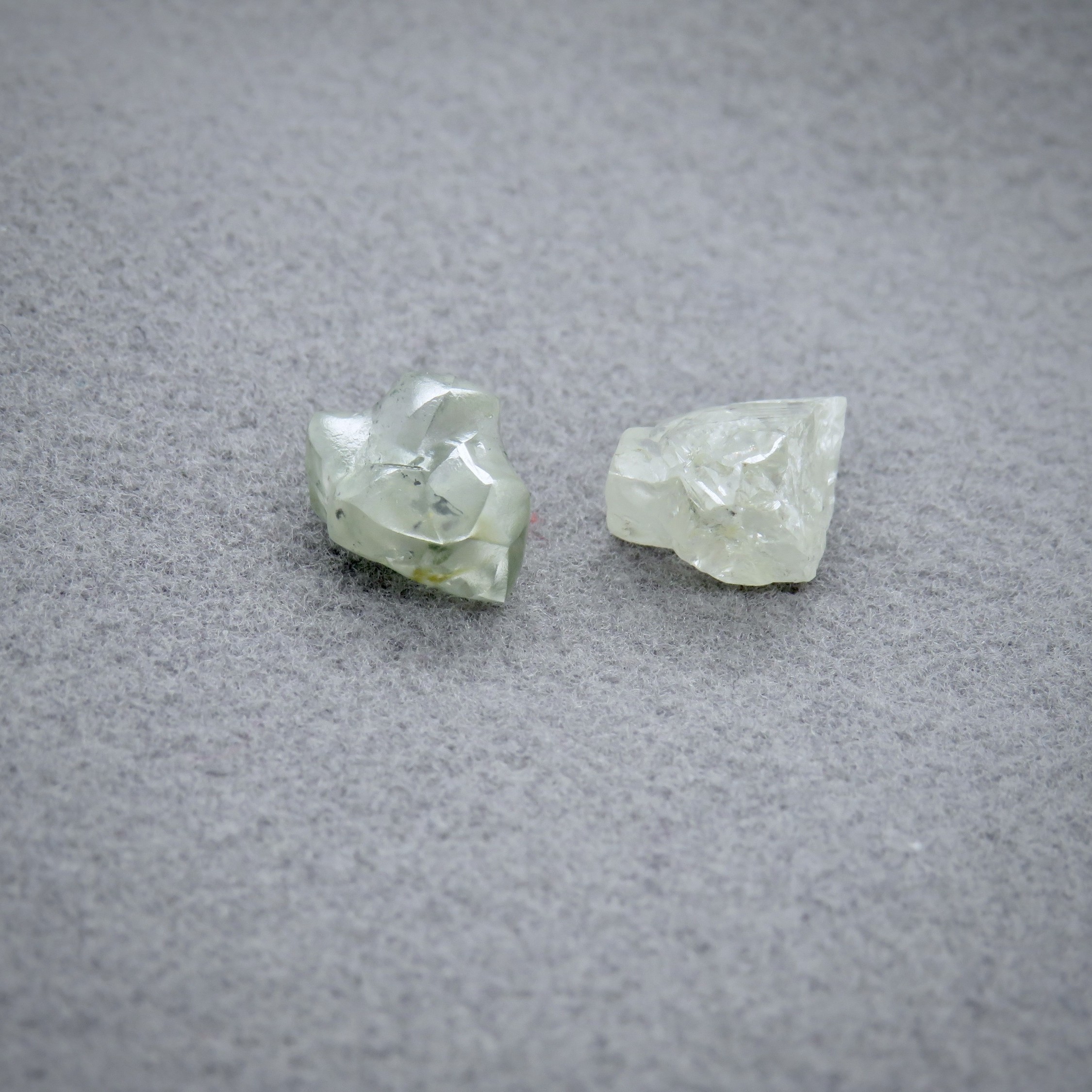
Diamonds: Rare and Finite?
Another contentious point and one that if you Google will provide you with a range of varying answers: are diamonds rare and finite? There are conspiracy theories that the large diamond mining companies have stockpiled diamonds and deliberately slowed their mining capability to create the illusion of rarity and scarcity, but in reality, mines are closing because they are mined out. Global natural diamond recovery peaked in 2005 and in 2023, production was 37% lower than in 2005.
Large (one carat plus) fine jewellery quality diamonds are rare and therefore their price reflects this.
Which Team Are You?
Fundamentally, if you are satisfied with the differences between the two and affordability is your biggest barrier, then maybe LGDs are the perfect choice for you. I firmly believe that it’s the honesty factor that will tell you if you should have a LGD or a natural diamond. By that I mean, if you were happy to tell someone your engagement ring/pendant/earrings etc are LGD rather than natural and you don’t feel awkward or embarrassed then you are firmly team LGD. But if you are thinking of proposing or buying jewellery for yourself or a loved one and not disclosing that it’s a LGD, then perhaps you should look at Team Natural.
I will always advise clients to make the right decision for them and as no story is the same and no client the same, it’s only a choice a client can make for themselves. I personally, however, will always be Team Natural!
**If you want to know more…
There are some great sources of information out there, so take a look:
https://www.naturaldiamonds.com/diamond-faqs/diamond-facts-full-report/#are-natural-diamonds-rare
https://www.naturaldiamonds.com/diamond-faqs/diamond-facts/
https://www.naturaldiamonds.com/diamond-faqs/natures-difference/
https://www.igi.org/lab-grown-diamonds/
https://www.gemsociety.org/article/brief-history-of-lab-grown-diamonds/
Related Articles
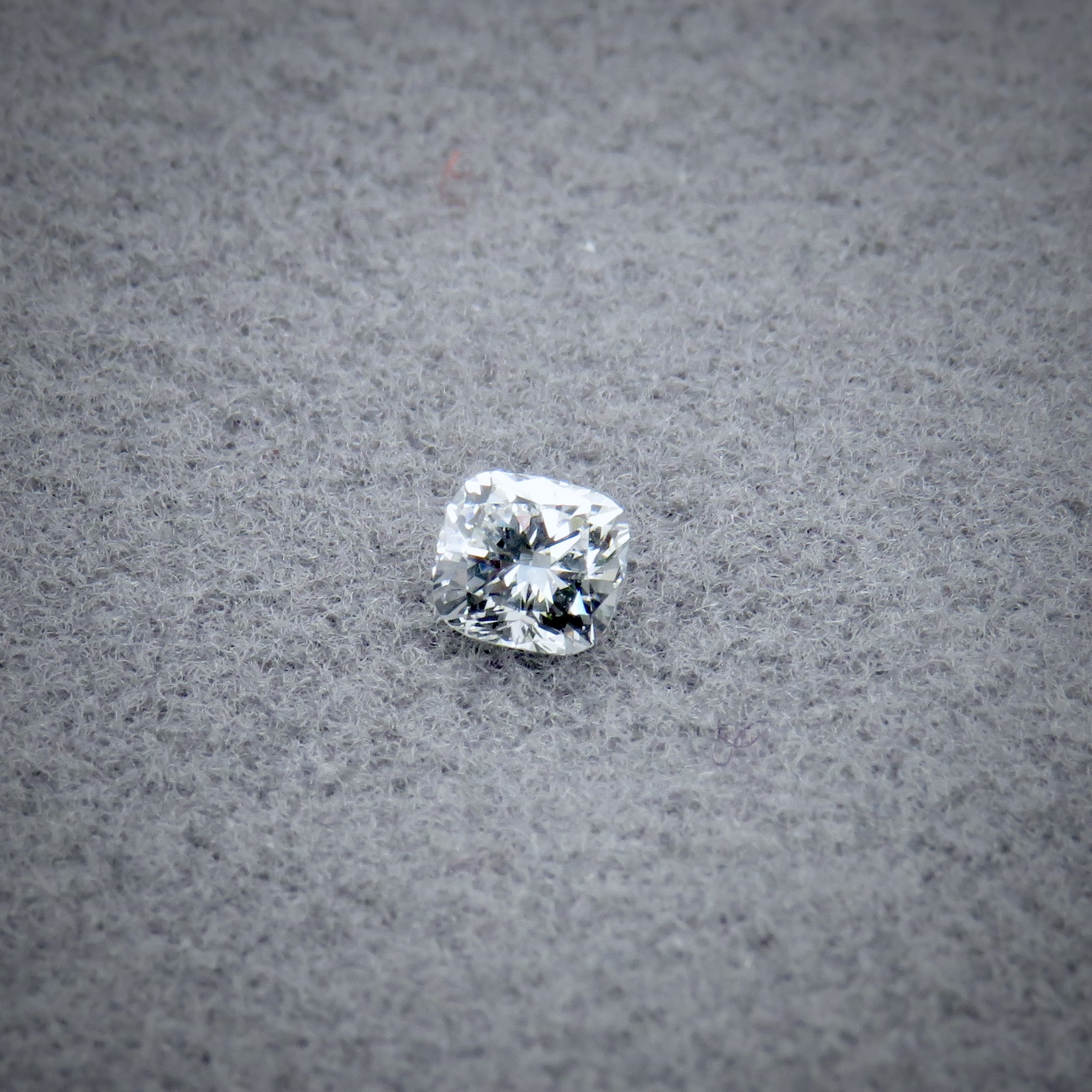
The 4Cs: What it Means For Your Diamond
The likelihood is you’ll have heard the phrase ‘the 4Cs’. But what do these 4Cs mean and how important are they? Read on to find out more
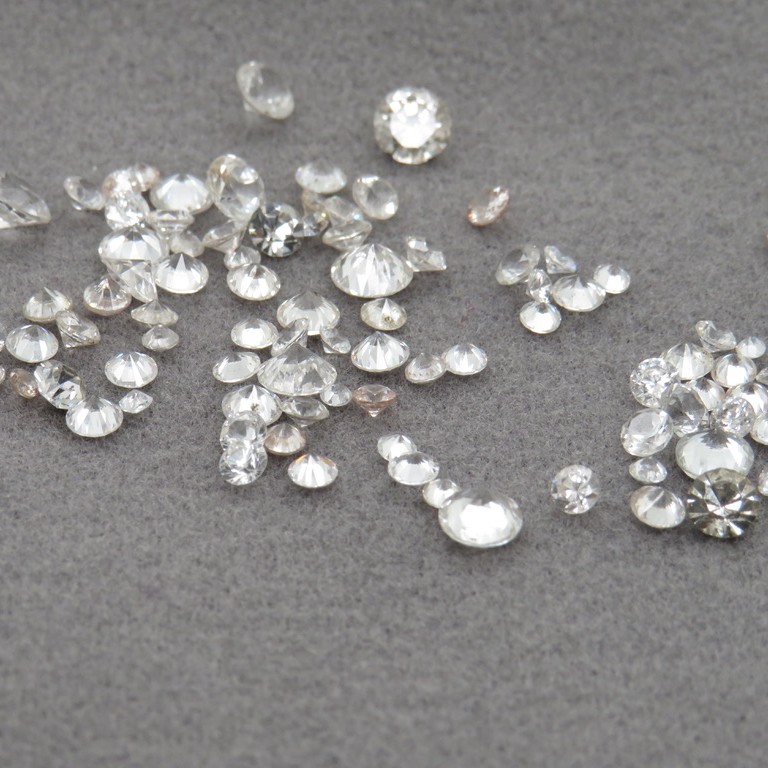
Shape Matters - Choosing the right Diamond Shape for You
Diamond shape can play a big role in how that diamond looks and what setting would suit it best. Find out more about the most common shapes!